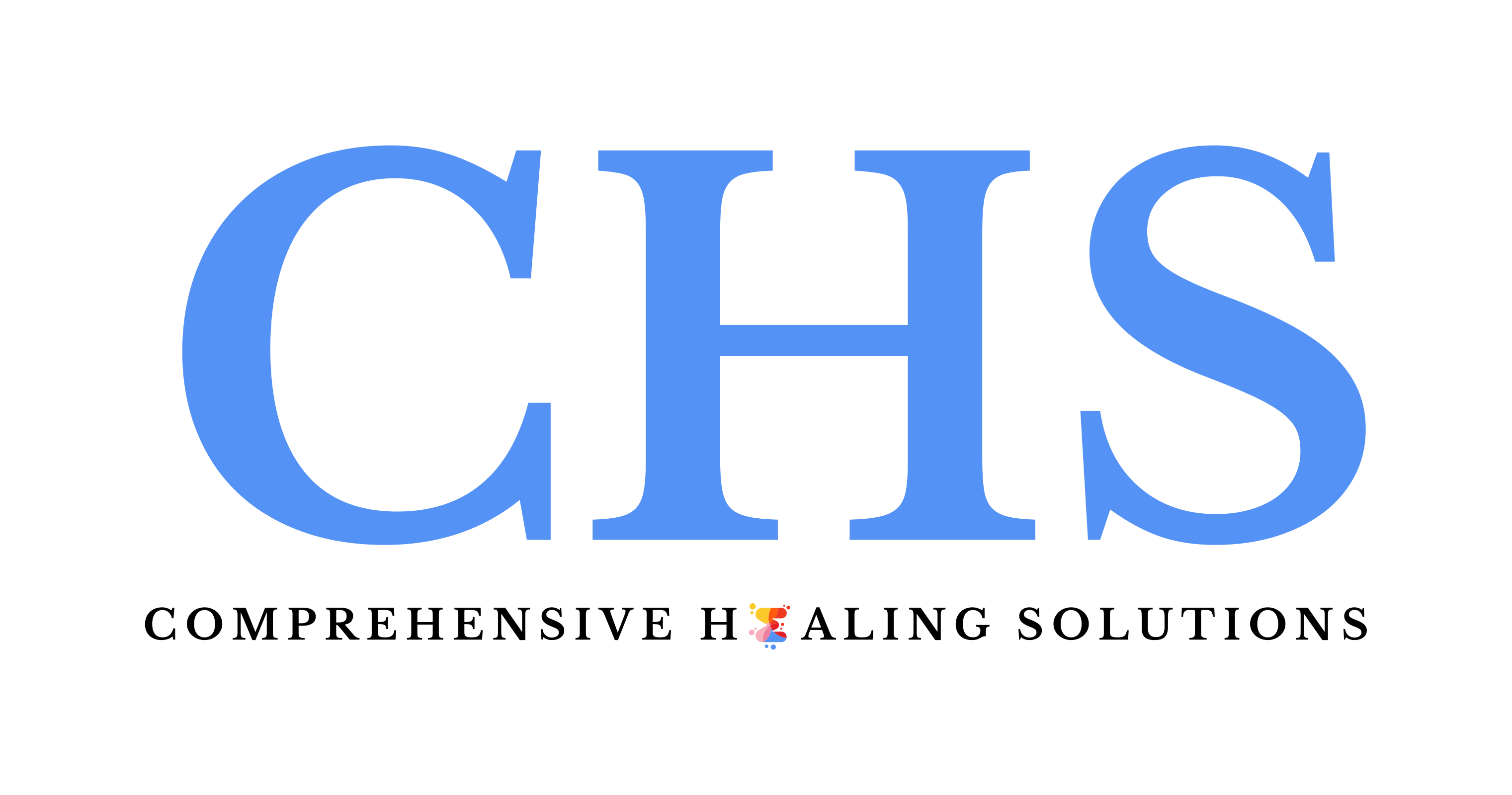
Neurofeedback: Training the Brain for Better Mental Health
Neurofeedback is an evidence-based, non-invasive technique that uses real-time monitoring of brainwave activity to train the brain to self-regulate. This method is utilized to treat conditions such as anxiety, depression, ADHD, and PTSD, promoting mental clarity, emotional balance, and cognitive enhancement.
Neurofeedback, also referred to as EEG biofeedback, is a specialized therapeutic method designed to help individuals improve their brain function by providing real-time feedback on their brainwave activity. This approach has shown significant promise in treating a range of mental health disorders and improving cognitive function in both clinical and non-clinical settings.
In essence, Neurofeedback involves monitoring brain activity and training the brain to produce more optimal patterns, which can lead to a variety of mental and emotional benefits. By reinforcing healthy brainwave patterns and reducing those associated with dysregulation, individuals can experience improvements in symptoms of anxiety, depression, post-traumatic stress disorder (PTSD), attention deficit hyperactivity disorder (ADHD), and sleep disorders.
The central principle of Neurofeedback is grounded in neuroplasticity, the brain's remarkable ability to change and adapt in response to experience and learning. Through repetitive training, the brain learns to regulate itself more effectively, promoting a state of balanced mental and emotional functioning. As a result, individuals are able to better manage stress, improve focus, and enhance emotional resilience.
Table of contents [Show]
How Neurofeedback Works
Neurofeedback is a straightforward, non-invasive process that begins with placing electrodes on the scalp to measure electrical activity in the brain. These electrodes monitor brainwaves, which are classified into various frequency bands: delta, theta, alpha, beta, and gamma. Each type of brainwave is associated with different mental states:
- Delta waves (0.5 – 4 Hz): Linked to deep sleep and unconsciousness.
- Theta waves (4 – 8 Hz): Associated with relaxation, meditation, and creativity.
- Alpha waves (8 – 12 Hz): Related to calmness and the state of being at rest with alertness.
- Beta waves (12 – 30 Hz): Reflect an alert, active state of mind, associated with concentration and problem-solving.
- Gamma waves (30 – 100 Hz): Connected to higher mental activities like cognition, perception, and consciousness.
Neurofeedback therapy involves using a computer program to display brainwave activity in real-time, providing visual, auditory, or tactile feedback to the participant. The goal is to train the individual to modify their brainwave patterns toward more optimal states, depending on the issues being addressed.
For example, someone with anxiety may exhibit an overabundance of beta waves, contributing to excessive worry and hyperactivity. Neurofeedback can help them increase alpha or theta waves, leading to relaxation and emotional balance. Conversely, a person with ADHD may show too much theta activity and insufficient beta activity, leading to poor attention and impulsivity. Neurofeedback helps boost beta waves to improve focus and cognitive performance.
Neurofeedback for Mental Health Disorders
1. Neurofeedback for Anxiety and Depression
Anxiety and depression are two of the most common mental health disorders that affect millions of individuals globally. Traditional treatments such as cognitive behavioral therapy (CBT) and medications like antidepressants and anti-anxiety drugs are widely used, but Neurofeedback offers an alternative or complementary approach to managing these conditions.
Individuals with anxiety often experience excessive high-frequency beta waves, leading to hypervigilance, worry, and difficulty relaxing. Neurofeedback training helps these individuals shift their brainwave patterns to lower-frequency alpha or theta waves, associated with a more relaxed, calm state of mind. This modulation reduces hyperarousal and helps patients manage stress better.
For those dealing with depression, the prefrontal cortex may exhibit insufficient activity, often manifesting in slow-wave alpha or theta patterns. This imbalance can contribute to symptoms of lethargy, low mood, and lack of motivation. Neurofeedback can encourage more balanced activity in the prefrontal cortex, increasing beta wave production and improving mood, energy levels, and cognitive function.
Research has shown that Neurofeedback, when used in conjunction with traditional therapies like CBT, can accelerate treatment outcomes and help individuals develop long-term coping strategies for managing anxiety and depression.
2. Neurofeedback for ADHD
ADHD is characterized by difficulties in attention, hyperactivity, and impulsivity, often due to abnormal patterns of brainwave activity. Many individuals with ADHD exhibit excess theta waves (associated with daydreaming or drowsiness) and reduced beta waves (linked to focus and attention), which can make it difficult to maintain concentration and manage impulsive behaviors.
Neurofeedback aims to train the brain to produce more beta waves, enhancing sustained attention, focus, and cognitive control. As clients progress through Neurofeedback sessions, they typically experience improvements in attention span, task completion, and self-regulation.
Several studies have shown that Neurofeedback is an effective treatment for ADHD, offering a drug-free option for managing symptoms. It has been especially beneficial for children with ADHD, providing long-term results without the side effects associated with stimulant medications like Ritalin or Adderall.
3. Neurofeedback for PTSD and Trauma Recovery
Post-traumatic stress disorder (PTSD) can result from experiencing or witnessing traumatic events, leading to symptoms such as flashbacks, nightmares, emotional numbness, and hyperarousal. Individuals with PTSD often display dysregulated brainwave activity, including heightened beta activity (linked to hypervigilance and stress) and reduced alpha or theta waves (which are necessary for relaxation and emotional processing).
Neurofeedback helps individuals with PTSD regulate their brainwave activity, reducing the hyperarousal associated with traumatic memories and fostering a sense of calm and control. As the brain learns to produce healthier brainwave patterns, clients often report fewer intrusive thoughts, improved emotional resilience, and better sleep quality.
When combined with trauma-focused therapies like Eye Movement Desensitization and Reprocessing (EMDR) or somatic experiencing, Neurofeedback provides a powerful tool for trauma recovery, helping individuals regain control over their mental and emotional well-being.
4. Neurofeedback for Sleep Disorders
Sleep disorders, such as insomnia or difficulty staying asleep, are often linked to dysregulated brainwave patterns. Neurofeedback addresses this by training the brain to produce the appropriate brainwave activity for each stage of sleep, leading to more restful and restorative sleep.
For example, individuals with insomnia may have difficulty transitioning into the deep sleep associated with delta waves. Neurofeedback can train the brain to produce more delta waves during sleep, promoting a deeper, more restorative rest.
By addressing the root cause of sleep disturbances, Neurofeedback can improve overall sleep quality, reduce the need for sleep medications, and enhance daytime functioning.
5. Neurofeedback for Cognitive Enhancement
In addition to treating mental health disorders, Neurofeedback is increasingly used for cognitive enhancement. By training the brain to function more efficiently, individuals can improve memory, focus, creativity, and mental clarity. Neurofeedback has been used by professionals in high-performance fields such as athletics, music, and business to optimize cognitive function and achieve peak performance.
For example, increasing alpha brainwaves can enhance creative problem-solving, while increasing beta waves can improve focus and productivity. Neurofeedback is also used to improve working memory, reduce mental fatigue, and sharpen decision-making skills.
This form of brain training is popular among individuals seeking to enhance their cognitive abilities and achieve their full potential in personal and professional endeavors.
The Neurofeedback Process
Initial Assessment
The first step in Neurofeedback therapy is an initial assessment, which involves recording the individual’s brainwave activity using EEG technology. This assessment identifies areas of the brain that may be overactive, underactive, or dysregulated.
Tailored Treatment Plan
Based on the initial assessment, a tailored treatment plan is developed to target specific brainwave patterns associated with the individual’s symptoms or goals. Sessions typically last between 30 to 60 minutes, during which individuals receive feedback in the form of visual or auditory cues.
Feedback and Training
During each session, the individual’s brainwave activity is monitored, and real-time feedback is provided. This feedback helps the individual learn to consciously modify their brainwave patterns. Over time, with repeated sessions, the brain becomes more efficient at self-regulating, leading to long-term improvements.
The Science Behind Neurofeedback
Neurofeedback is rooted in the principles of neuroplasticity, the brain’s inherent ability to change and adapt based on experience and learning. When individuals engage in Neurofeedback, they are essentially teaching their brain to adopt healthier, more balanced patterns of activity. This leads to long-lasting changes in brain function and behavior.
Studies using advanced imaging techniques, such as functional magnetic resonance imaging (fMRI) and quantitative EEG (qEEG), have demonstrated that Neurofeedback can lead to measurable changes in brainwave patterns, as well as improvements in cognitive function and emotional regulation.
Benefits of Neurofeedback Therapy
- Non-Invasive: Neurofeedback is a non-invasive treatment that requires no medication or surgery, making it a safe option for individuals of all ages.
- Personalized Treatment: Each Neurofeedback program is tailored to the individual’s specific needs and brainwave patterns, ensuring targeted treatment.
- Long-Lasting Results: The brain’s ability to learn and adapt means that the benefits of Neurofeedback often persist long after treatment has ended.
- Minimal Side Effects: Unlike medications, Neurofeedback has minimal side effects and can be a viable option for individuals who cannot tolerate pharmacological interventions.
Conclusion: A Path to Better Mental Health
Neurofeedback represents a powerful tool for improving mental health, emotional regulation, and cognitive function. Whether used to treat specific conditions like anxiety, depression, ADHD, or PTSD, or to enhance cognitive performance, Neurofeedback provides individuals with a non-invasive, drug-free option to improve brain function and mental well-being.
By harnessing the brain’s ability to self-regulate and adapt, Neurofeedback therapy empowers individuals to take an active role in their mental health journey, leading to long-lasting improvements in their quality of life.



